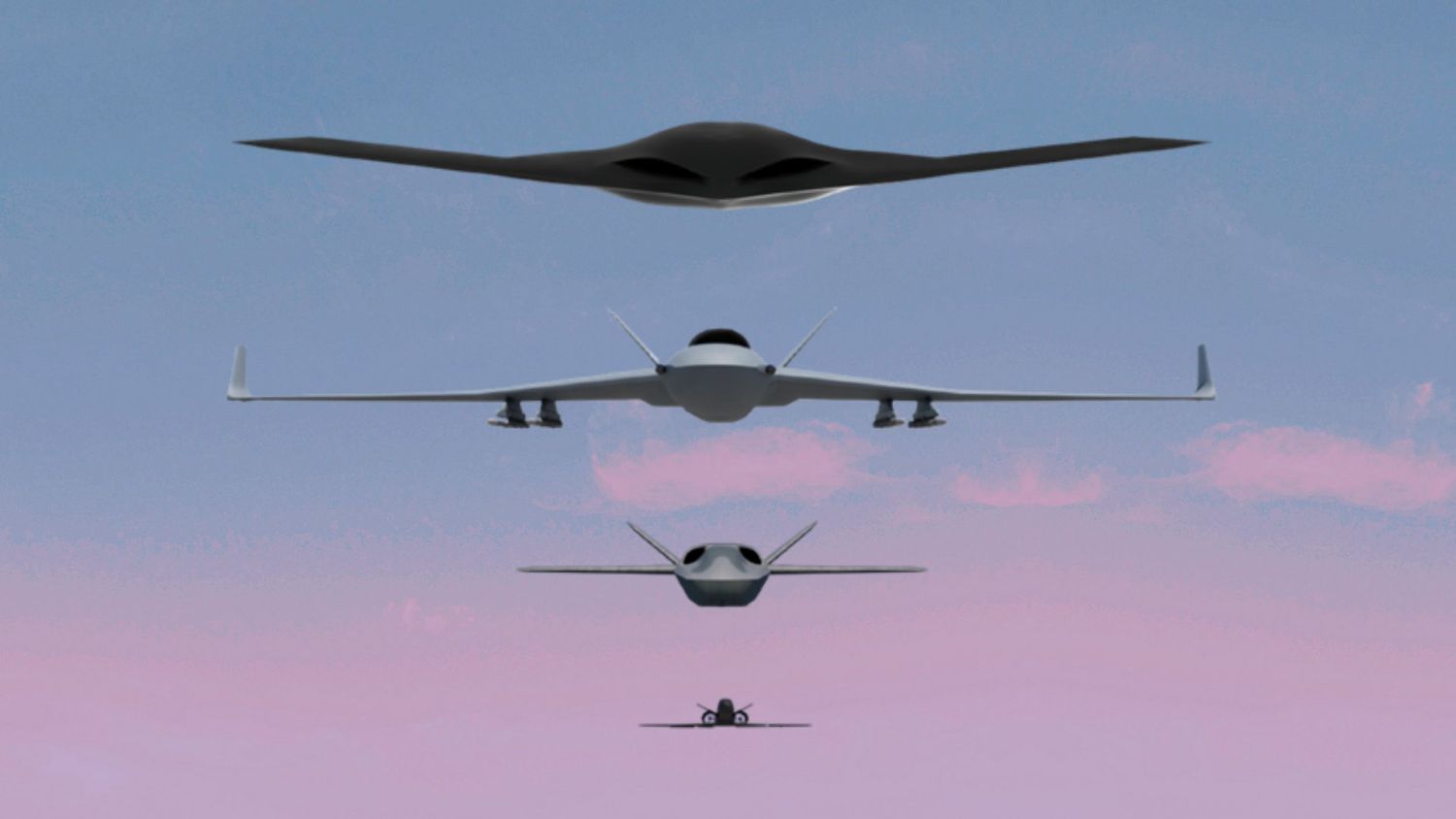Evolution, the future of UAS from General Atomics
General Atomics Aeronautical Systems, Inc. (GA-ASI) announced its new category of unmanned aerial systems for the future, the Evolution line, focused on information dominance and airspace supremacy.
The name «Evolution» references the evolutionary path GA-ASI has followed in the unmanned aircraft arena through its rich 30-year history of UAS innovation, designing for the future, and the force-multiplying power that UAS provide to modern warfighters. Over the past three decades, GA-ASI has launched more than 25 UAS variants, beginning with the Gnat in 1992.

Evolution establishes a third class of unmanned aircraft, within GA-ASI, joining the well-known Predator line and the recently announced Mojave line of expeditionary UAS with short take-off and landing (STOL) capability.
The evolution includes the development of GA-ASI’s next-generation UAS solutions designed to meet the needs of the U.S. Military’s vision for the future, as well as new UAS concepts such as Defender, Sparrowhawk and the recently announced Gambit.
«We continue to grow and respond to a rapidly changing world,» said GA-ASI President David R. Alexander. «As we celebrate our 30th anniversary as a company, our new Evolution series aircraft will merge our unique heritage of advanced and affordable UAS technologies with innovative technologies for the future. We have our sights set on new concepts and never-before-seen aircraft that meet the needs of our customers today and tomorrow.»
Gambit, the cutting-edge ISR smart drone
The new Gambit UAS mentioned above, and unveiled yesterday, is an autonomous collaborative platform (ACP) designed through digital engineering to accelerate time to market and reduce acquisition cost, and will offer expanded and enhanced sensing capabilities.

The platform, powered by a jet engine, is being built for the air domain and will take great advantage of advances in artificial intelligence and autonomous systems.
Teaming alongside manned aircraft, Gambit will enable pilots to see deeper into hostile airspace, detect threats first, and provide time and space for critical decision-making and actions.
Designed as an advanced concept aircraft, Gambit will leverage Artificial Intelligence (AI) to make its own tactical decisions without the need for an operator.
By positioning itself ahead of manned tactical aircraft, Gambit will be able to first detect and track targets of interest, achieving the highest quality intelligence, surveillance and reconnaissance (ISR) ever achieved before by a drone, and then distribute that information to all assets in the battlespace.
GA-ASI software and integration systems will support detection and analysis, and provide users with the highest quality intelligence, surveillance and reconnaissance ever possible from an unmanned aircraft.


Comentarios
Para comentar, debés estar registrado
Por favor, iniciá sesión